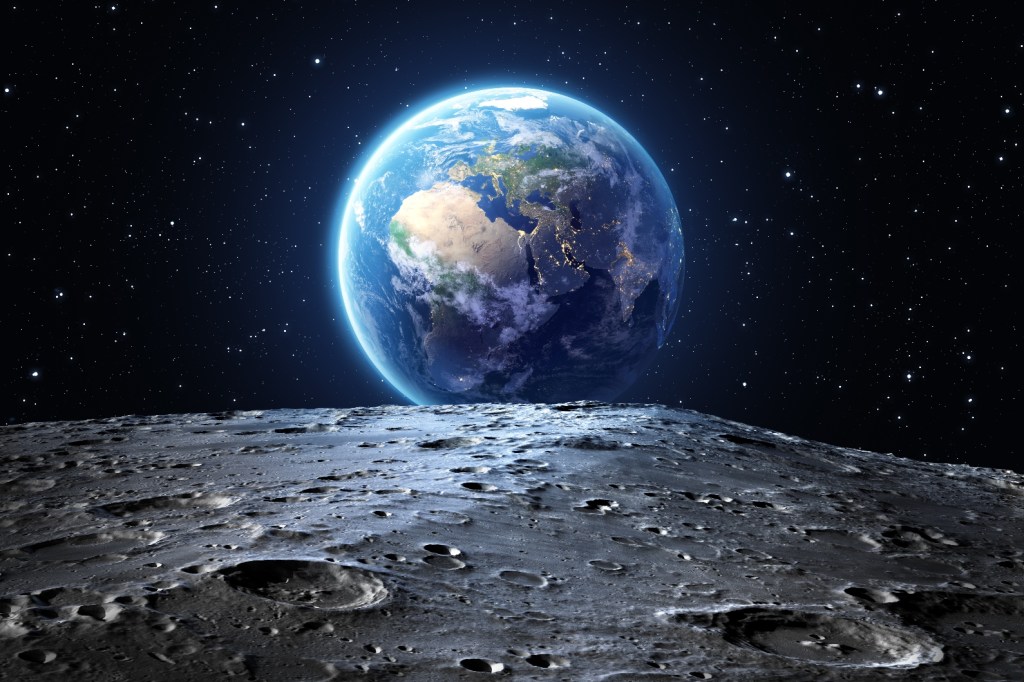
Australia’s first lunar rover will be named Roo-ver after thousands of people cast their votes in a public competition.
The semi-autonomous rover will travel to the moon as part of a NASA mission as soon as 2026, helping to collect lunar soil from which scientists hope to extract oxygen, a key element in rocket fuel.
More than 8,000 submissions were made during the Australian Space Agency’s naming competition, with almost 20,000 votes received.
Roo-ver claimed 36% of the votes to beat three other shortlisted names: Coolamon, an Indigenous name for a multi-purpose tool used for gathering; Kakirra, an Indigenous name for the Moon; and Mateship.
The announcement was made at the Australian Space Forum on Wednesday, which brought together key industry figures from around the world, with guests from various nations joined by NASA astronaut Shannon Walker.
Australia’s population spread and political stability were touted as strengths in building international space partnerships.
A key topic of conversation was empowering First Nations people to contribute to projects in space.
Australian and New Zealand representatives talked up the need to engage Indigenous communities.
The NASA-run Arnhem Space Centre — Australia’s first commercial spaceport — operates in collaboration with Aboriginal communities and provides employment in remote locations.
A South Australian space launch company also works with Aboriginal communities during operations on traditional land.
Iain Cosser, who heads the New Zealand Space Agency, also shares this ambition.
He wants the Maori population to have a seat at the table and benefit from New Zealand’s space program.
Cosser and Australian counterpart Enrico Palermo hope to preserve Oceania’s natural night skies due to their significance Aboriginal and Maori culture.
Sustainability in the space industry was also a major focus.
Space agencies around the world use satellites to monitor climate concerns such as carbon dioxide, global temperature levels and polar ice cap coverage.
The Australian Space Agency will set aside $1 million for two local companies to develop more efficient solar cells, helping power satellites large and small.
Palermo said the projects would help address the climate challenge and drive innovation.
“Not only do these projects have the potential to support future global space missions, they have applications that can be spun back down to earth to help us respond to some of our greatest challenges like climate change,” he said.
Australian Associated Press
READ MORE:

